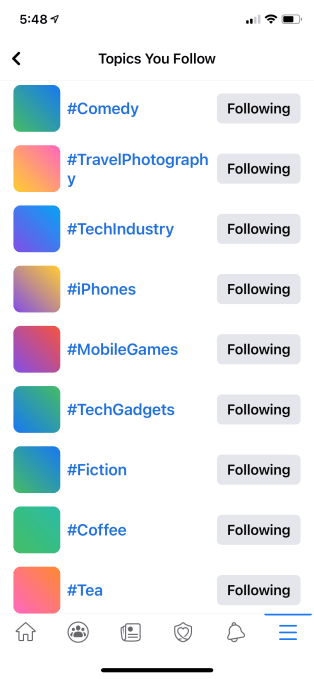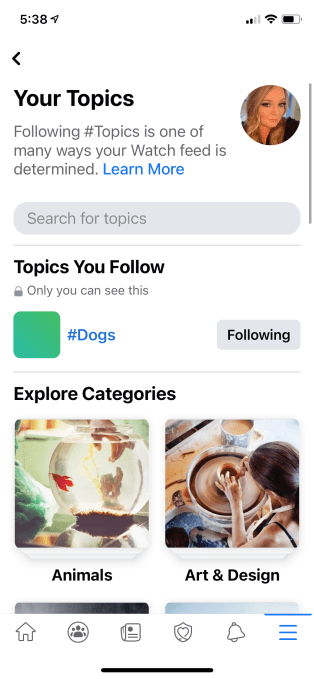Moteefe, the e-commerce platform for on-demand production of merchandise, has raised $11 million in what, according to filings, appears to be part one of a Series B. Leading the round is BGF, with participation from existing investors including Gresham House Ventures and Force Over Mass Capital.
The injection of capital will be used by Moteefe to continue scaling and meet growing demand from entrepreneurs and retailers that want to offer customised products to their customers. This increasingly includes larger retailers that are using the platform to test new product styles and categories, which, says Moteefe, outdated systems and supply chains are ill-equipped to handle.
Launched in early 2016, Moteefe provides an “end-to-end” technology solution for entrepreneurs, influencers and micro to large retailers wanting to design, create and sell customised products, such as printed t-shirts or engraved jewellery. The platform enables brands to design merchandise and sell it via their own white-labelled Moteefe store or through their own site, app or other marketing channels.
You upload your design to the Moteefe site and the company takes care of printing, the store, payments, customer service and fulfillment globally. Moteefe then takes a small commission on sales. However, unlike some traditional marketplaces, users can launch their own store with their own domain, maintaining the customer relationship and data.
The draw is that with no minimum production run, Moteefe’s platform removes “the risk, wastage and upfront cost” normally associated with testing ideas, geographies and markets. It also claims to improve supply chain efficiency and sustainability by working with local fulfilment partners to minimise shipping distances.
“Retailers of all sizes have total flexibility: they can use the Moteefe platform either as a fully integrated end to end service, or just pick and choose the parts they need,” says the company. “And as Moteefe is whitelabelled, the retailer owns the customer relationship and can use the data to drive repeat sales”.
To date, Moteefe says it has more than 5,000 retailers, from indie entrepreneurs to high street brands, using the platform.
“At a time when global retail has been suffering and supply chains have virtually ground to a halt, we have seen a doubling in users and strong customer demand for our retailers’ products,” says Mathijs Eefting, CEO of Moteefe, in a statement. “This increased demand enabled us to grow our team and increase our production throughput, benefitting our entire network and creating high quality jobs internationally. “We have moved beyond our original goal to help anyone set up a store and sell globally. We now are able to support innovative retailers of all sizes to respond to entirely new e-commerce demands and opportunities”.






